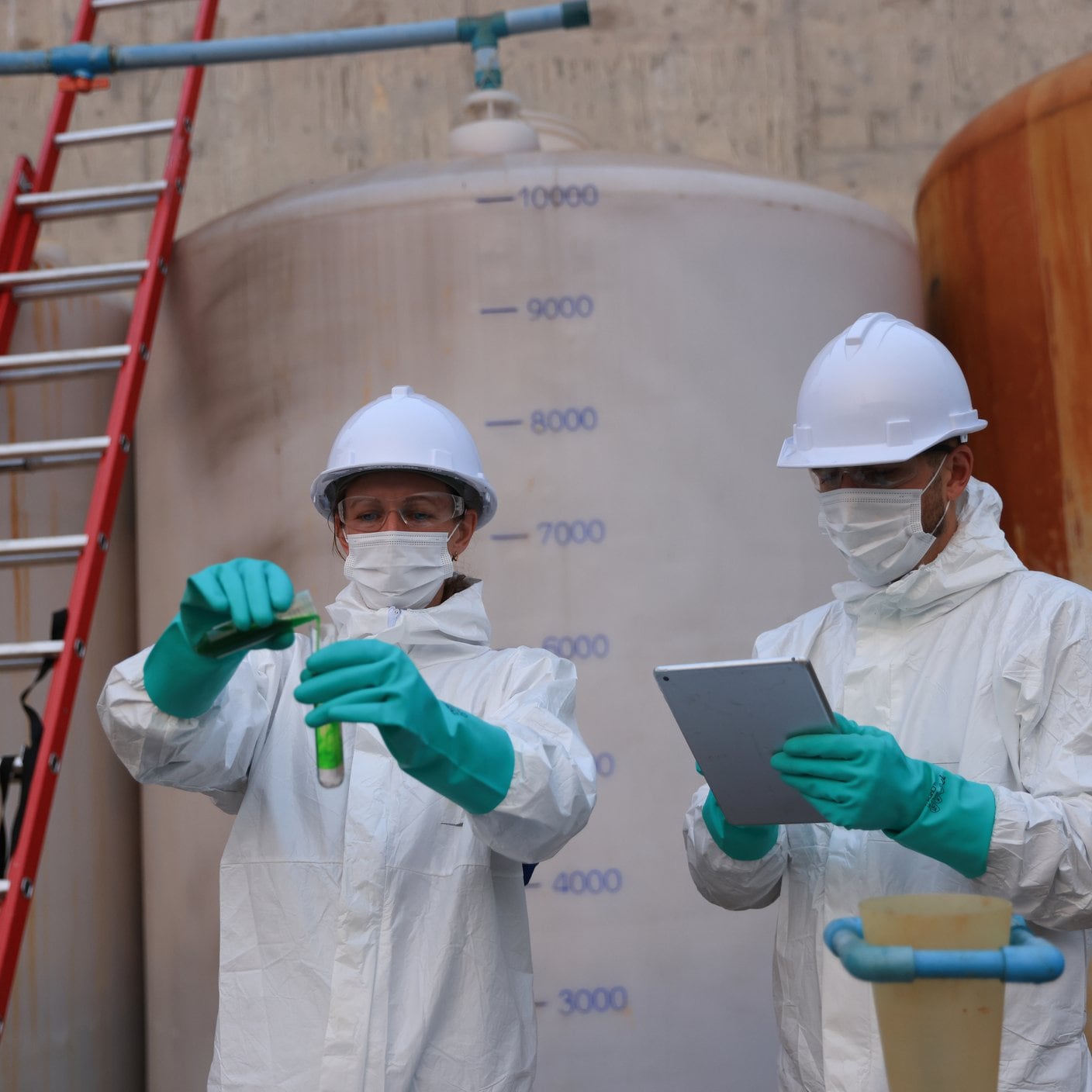The US Environmental Protection Agency (EPA) recently reaffirmed its commitment to regulating PFAS in drinking water while taking a more flexible, supportive approach to compliance. For organizations managing PFAS issues, here’s what’s changing and what’s staying the same.
The EPA will maintain existing MCLs for PFOA and PFOS
As of May 14, 2025, the EPA will retain the Maximum Contaminant Levels (MCLs) for perfluorooctanoic acid (PFOA) and perfluorooctane sulfonic acid (PFOS) in drinking water as originally set under the National Primary Drinking Water Regulation (NPDWR) in April 2024.
While the MCLs for PFOA and PFOS will remain in place, the EPA plans to extend the current compliance deadline of 2029 by two years to 2031.
The agency has indicated that it will initiate a rulemaking this fall to formally propose this two-year extension, recognizing the real-world challenges public water systems face, especially smaller or rural utilities.
Regulatory flexibility and technical assistance are on the way
To reduce the burden and cost of compliance, the EPA is rolling out several new support measures:
- PFAS OUTreach Initiative (PFAS OUT): A national effort to provide resources, technical assistance, and funding guidance to utilities with known PFAS exceedances
- Water Technical Assistance (WaterTA): Free support for sampling, treatment planning, operator training, and public engagement strategies
- Federal Exemption Framework: Proposed flexibilities for eligible systems facing technical or financial barriers
This approach aims to ensure compliance is achievable without sacrificing public health protections or disproportionately impacting small communities.
Reevaluating other PFAS compounds
In a separate but related move, EPA will reconsider regulatory determinations for additional PFAS, including:
- Perfluorohexane sulfonic acid (PFHxS).
- Perfluorononanoic acid (PFNA).
- GenX (hexafluoropropylene oxide dimer acid [HFPO-DA]).
- Perfluorobutane sulfonate (PFBS) and associated hazard index mixtures.
This step could eventually result in revised or new enforceable drinking water standards for these compounds, so stakeholders should stay vigilant.
Enforcement and polluter accountability
A critical message from the EPA: water systems are passive receivers, not polluters.
The agency reiterated its commitment to a “polluter pays” approach and announced future enforcement actions and Effluent Limitation Guidelines (ELGs) to hold polluting industries accountable.
For public water providers and municipalities, this shift could help reduce remediation costs and legal exposure over the long term.
What should utilities and regulated entities do now?
Here are a few recommendations to consider today:
- Assess your current PFAS monitoring data, specifically for PFOA and PFOS.
- Prepare for the 2029 deadline while factoring in the potential 2031 extension.
- Document historical PFAS use or upstream sources to assess liability.
- Explore funding options like the Drinking Water State Revolving Fund (DWSRF), Water - Infrastructure Finance and Innovation Act (WIFIA), and Emerging Contaminants in Small or Disadvantaged Communities (EC-SDC) grants.
- Engage with EPA programs like WaterTA and PFAS OUT for support.
If you have questions about how these regulatory updates impact your organization or need help with PFAS sampling, reporting, or risk management, let’s connect.








